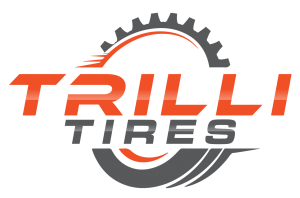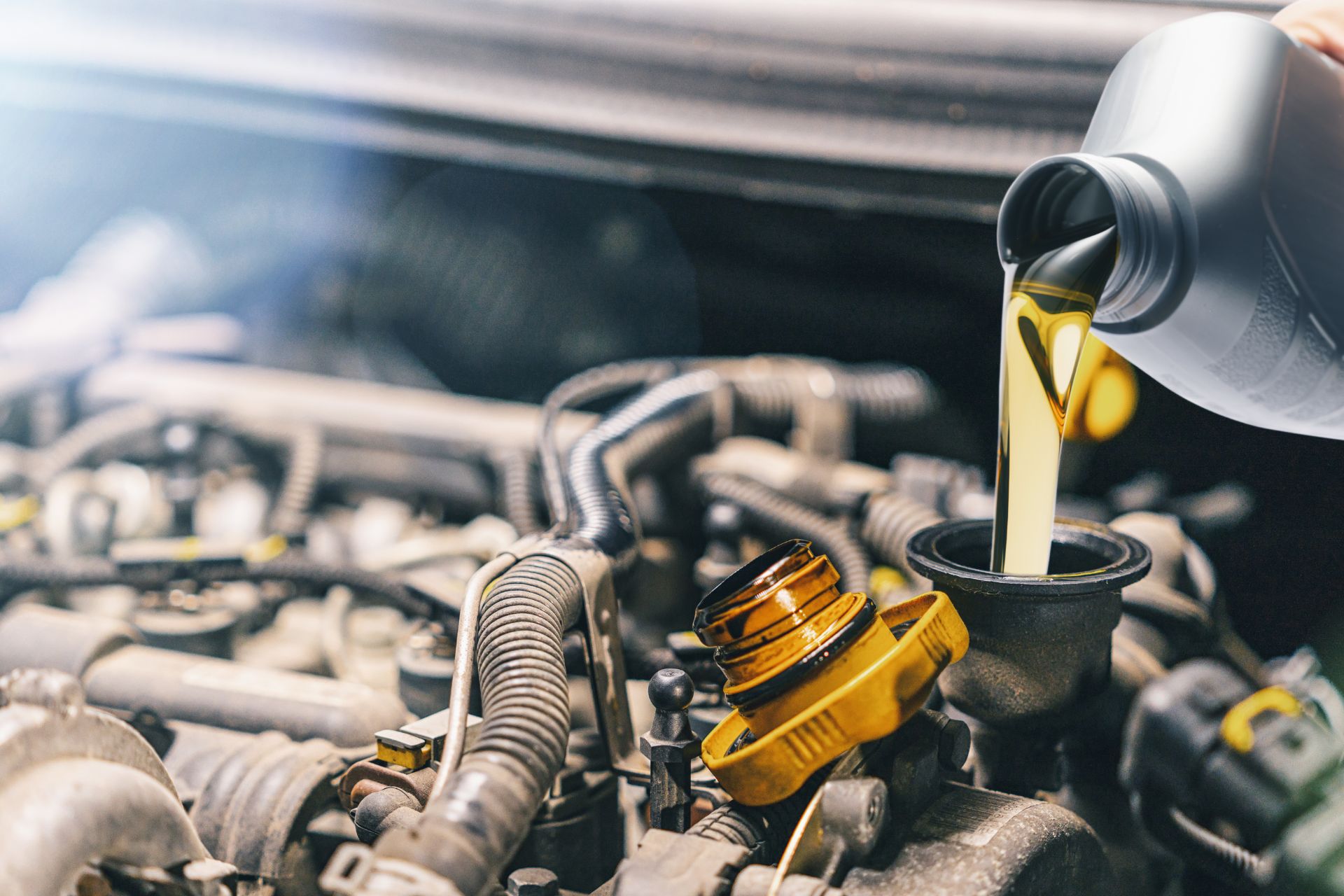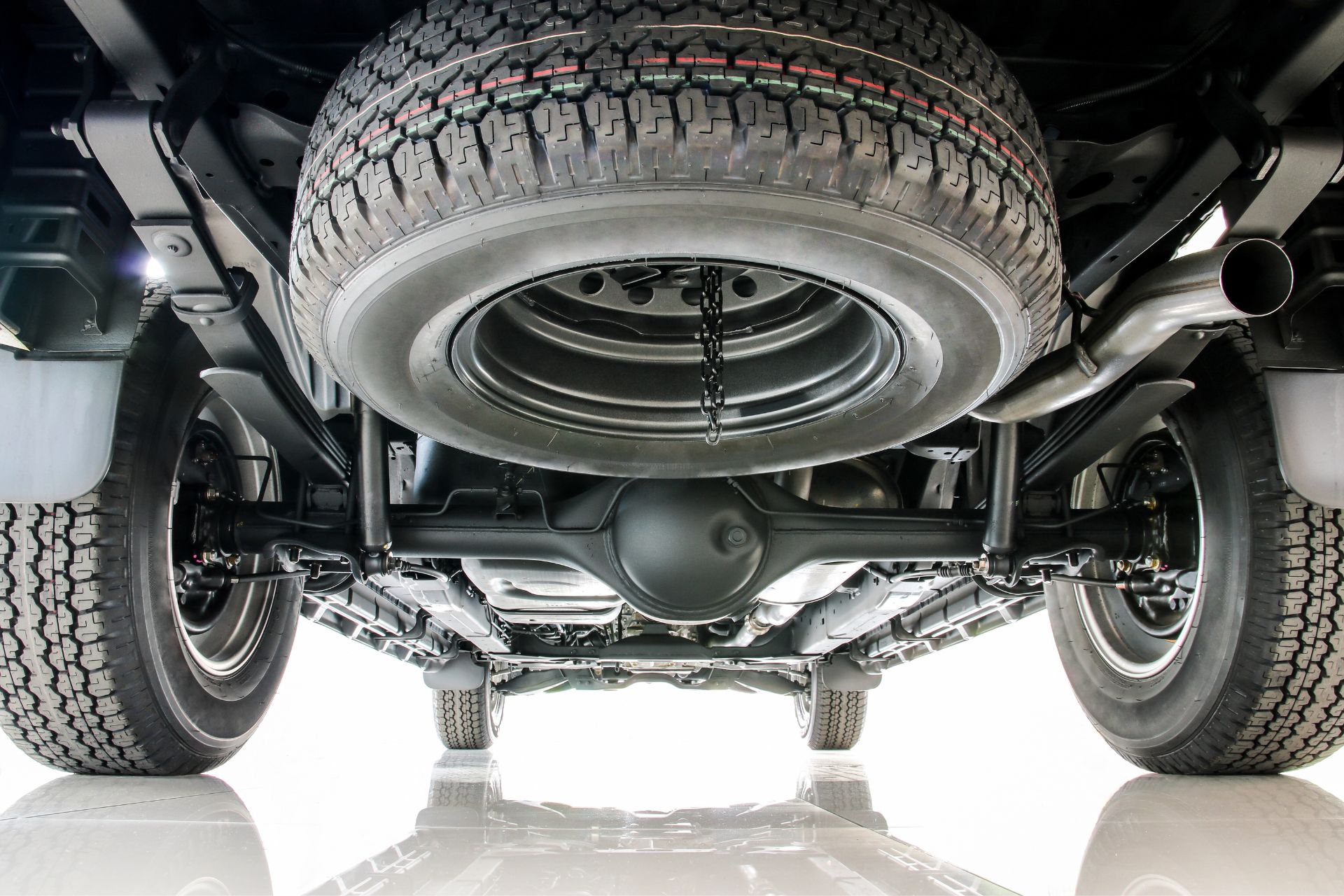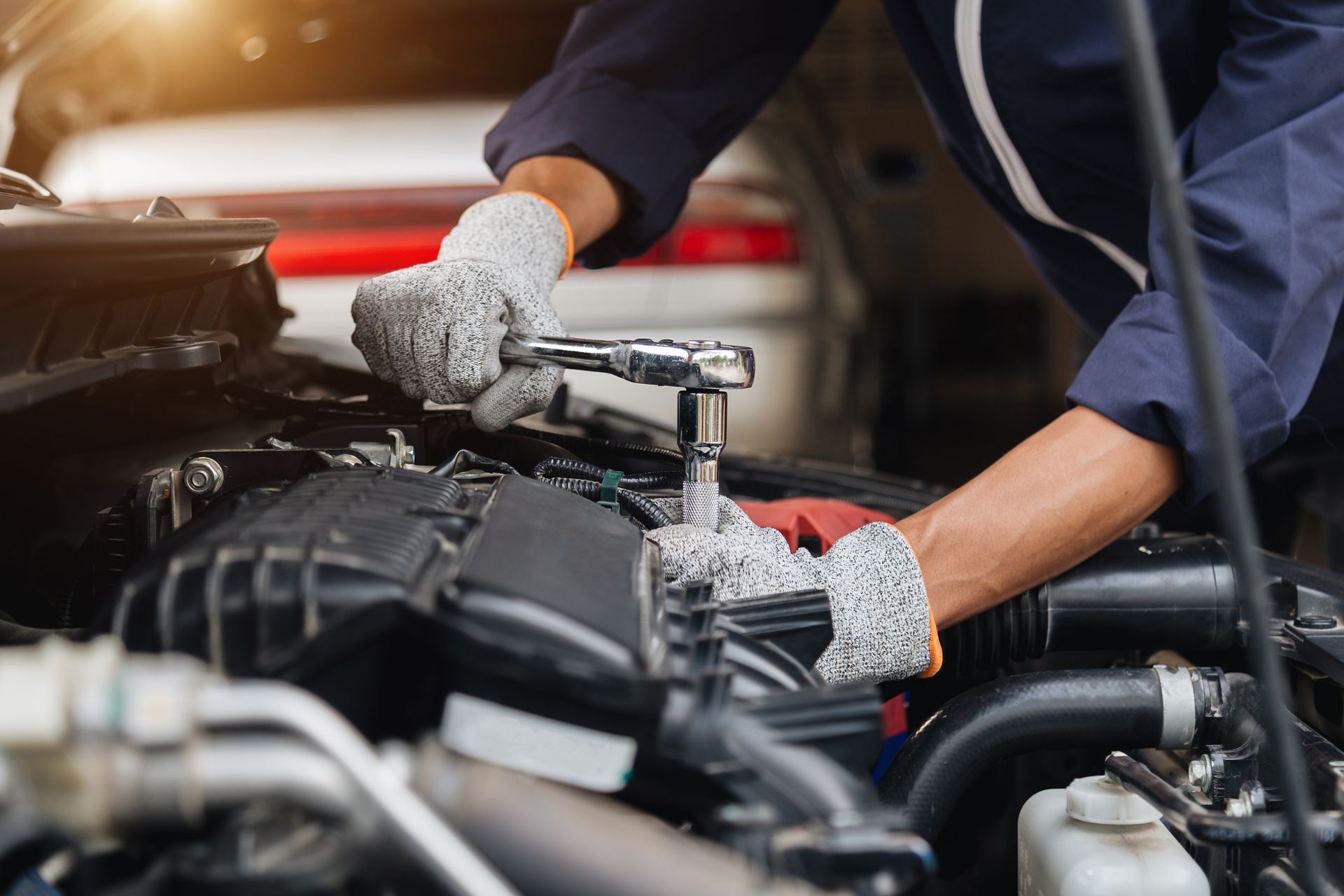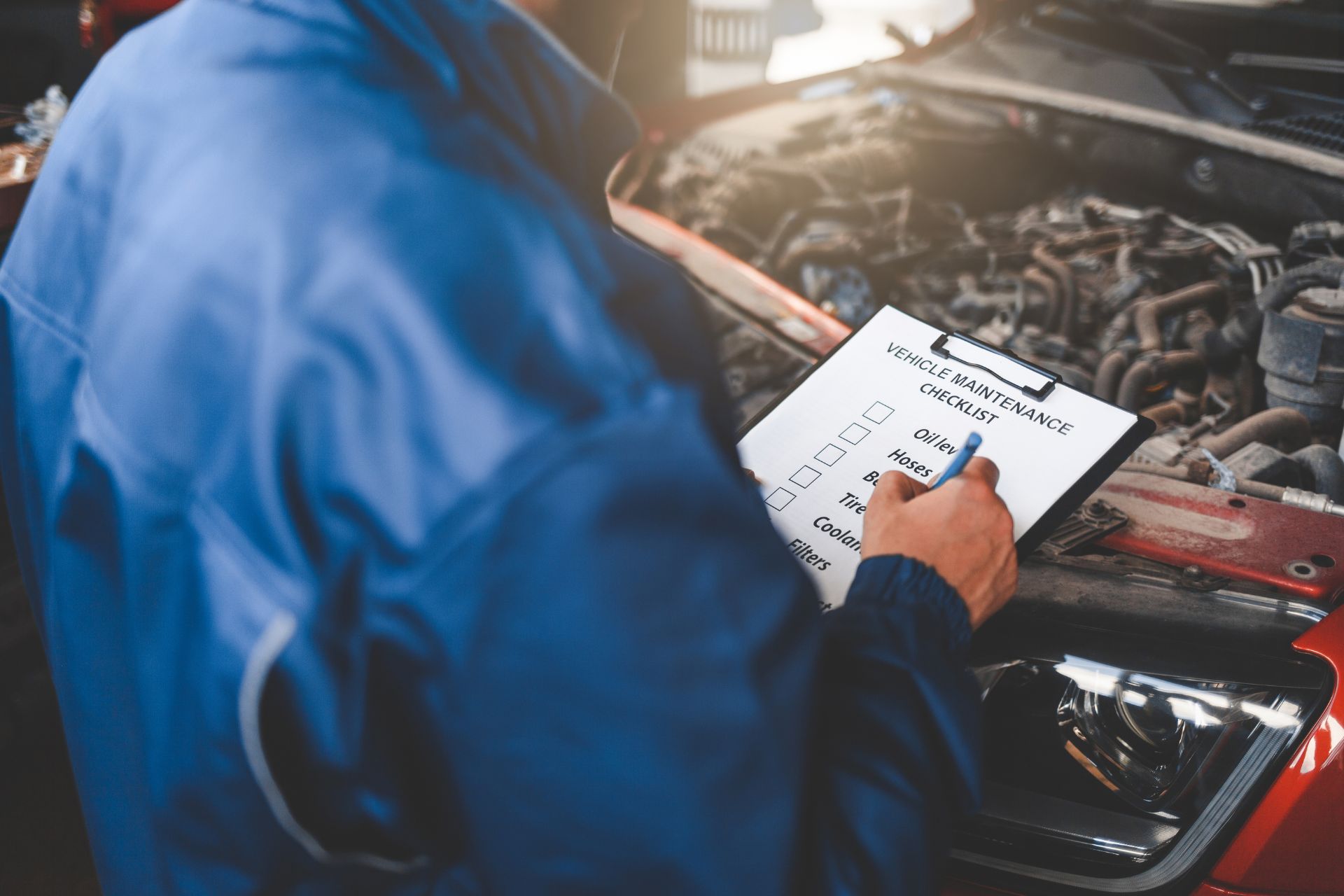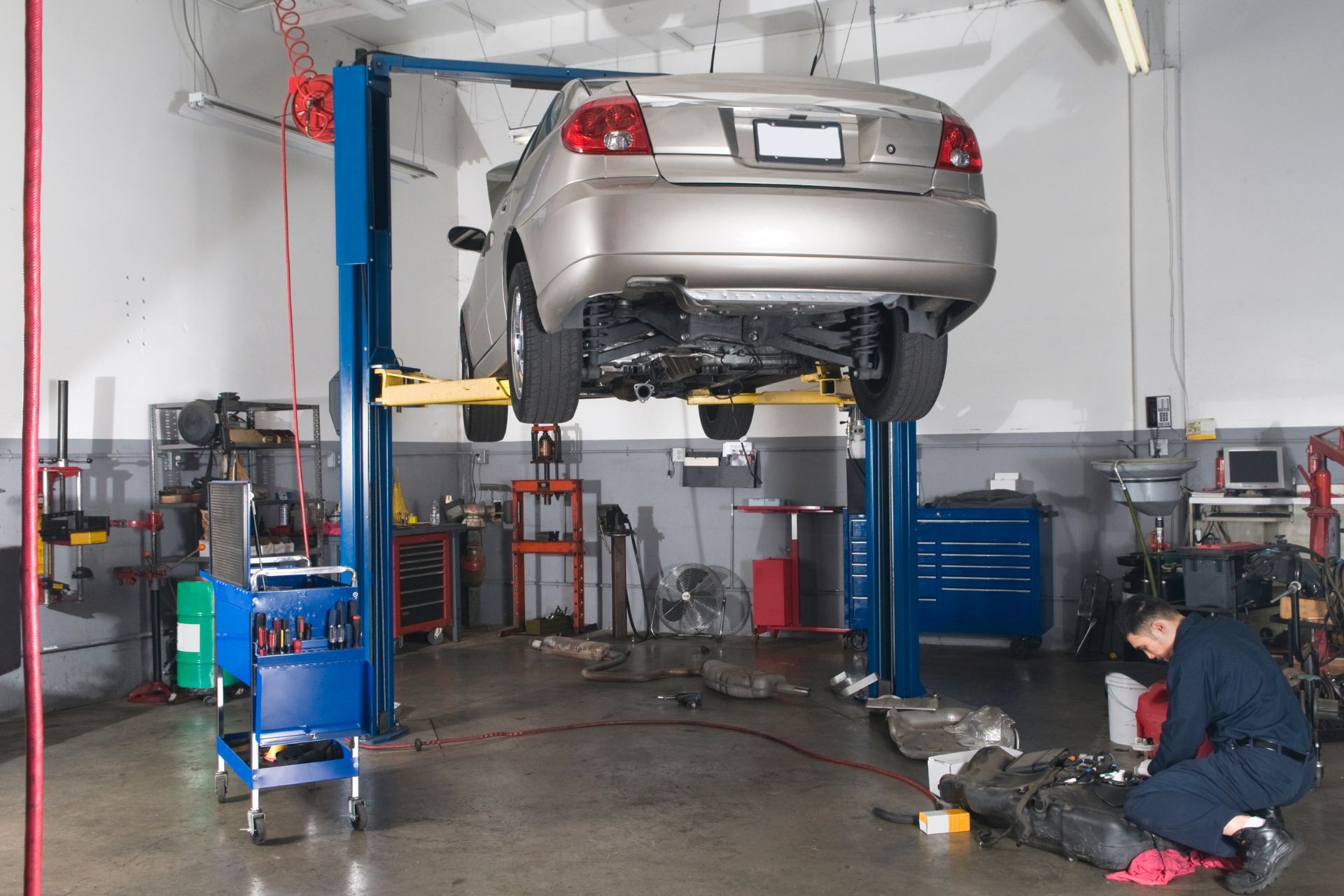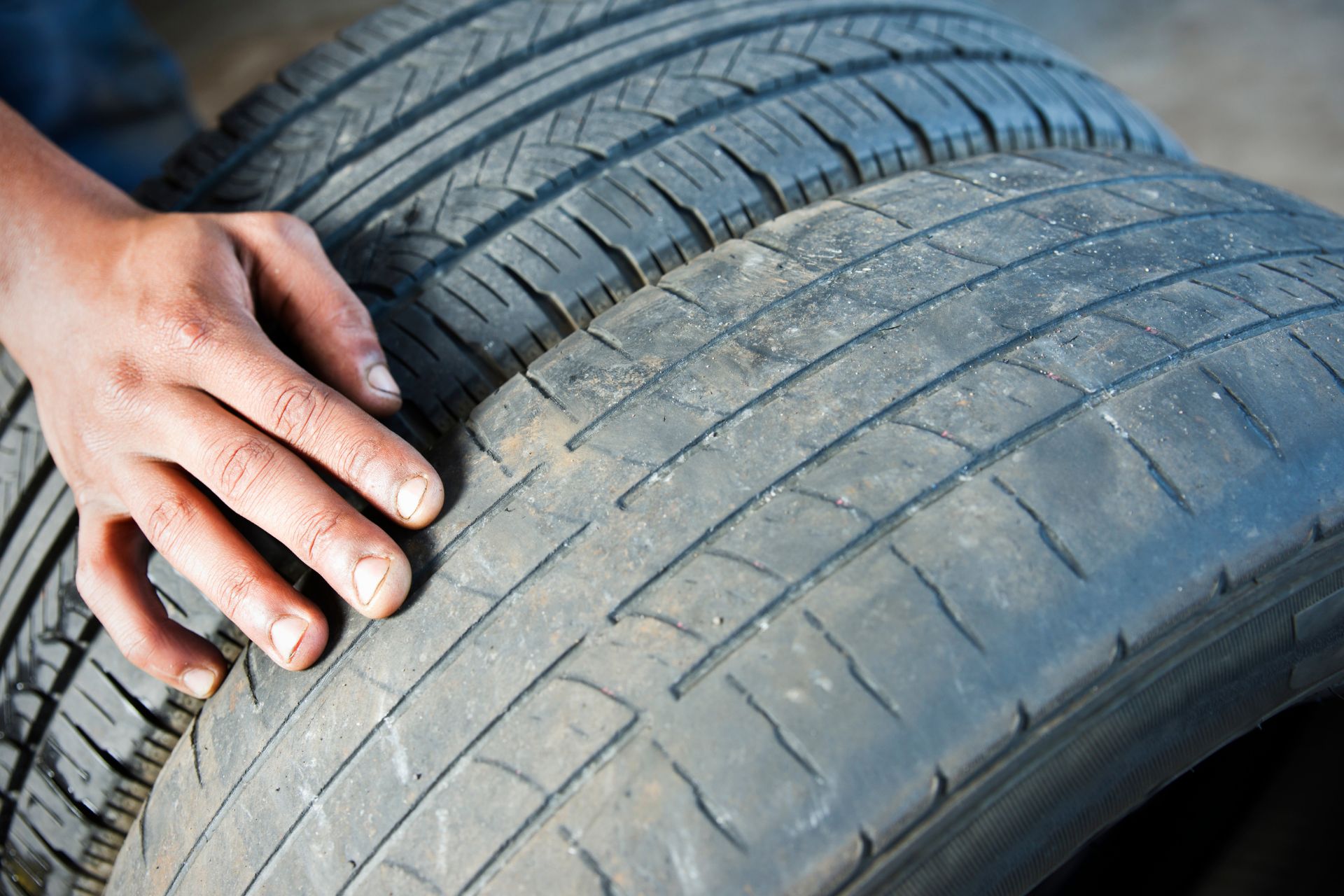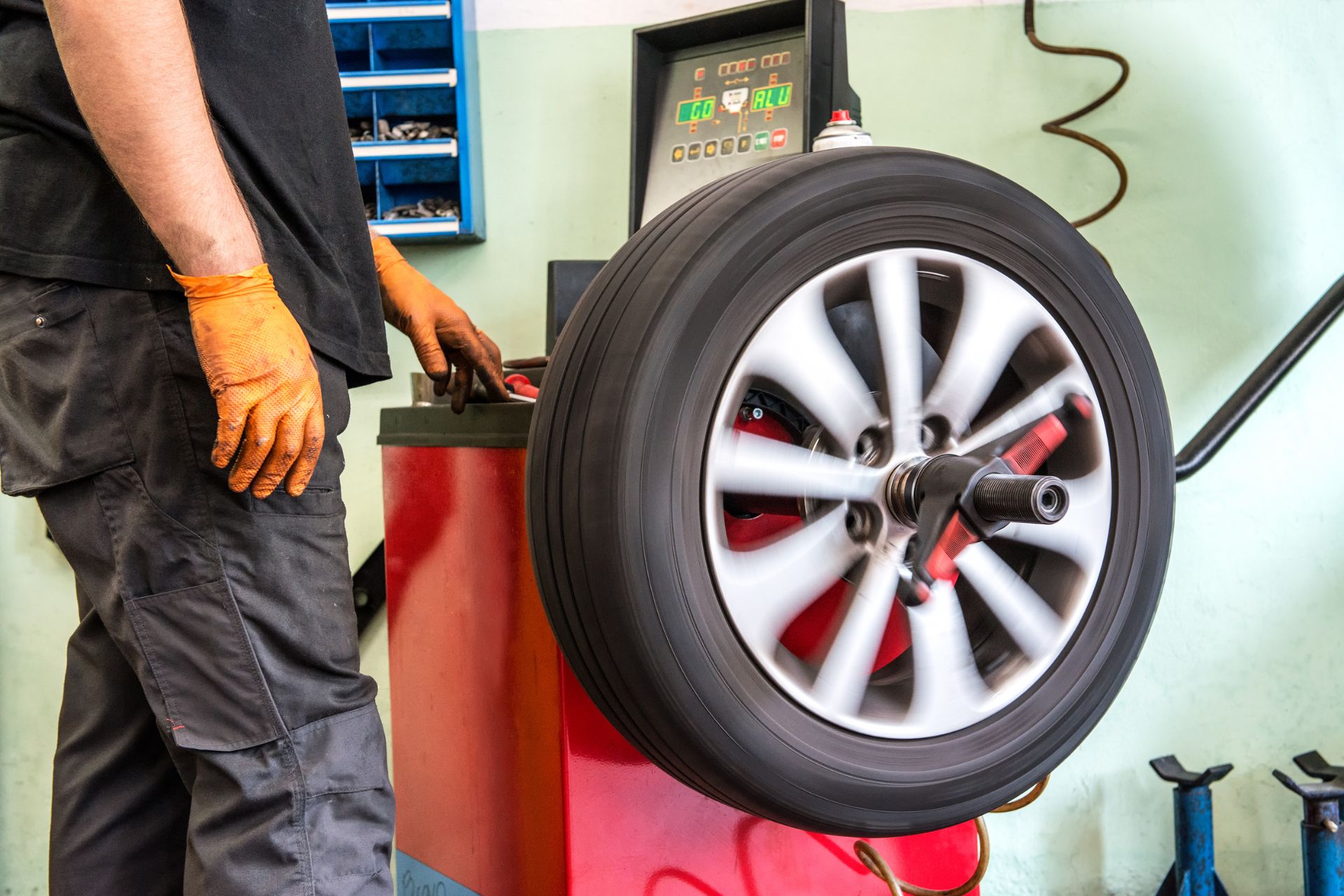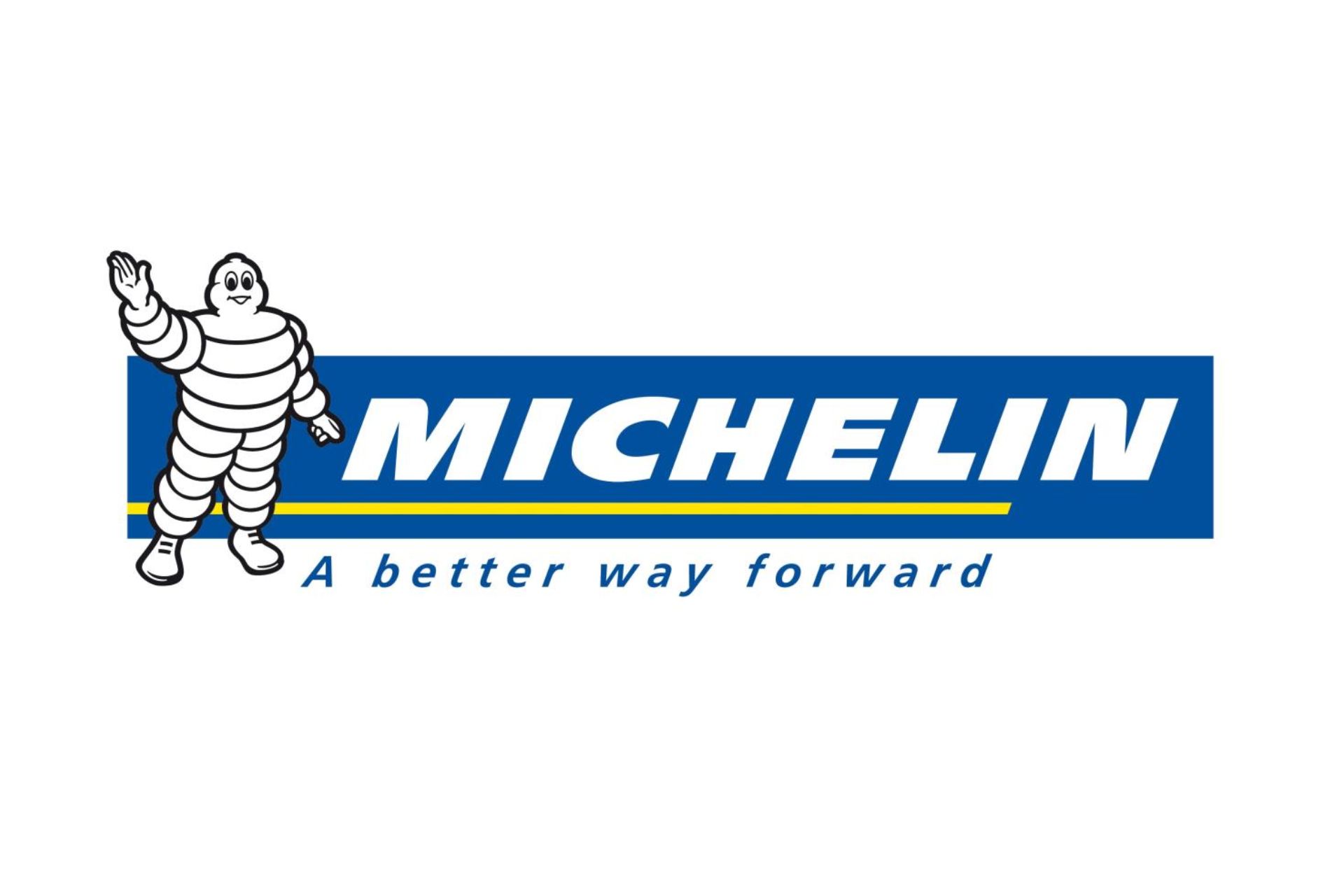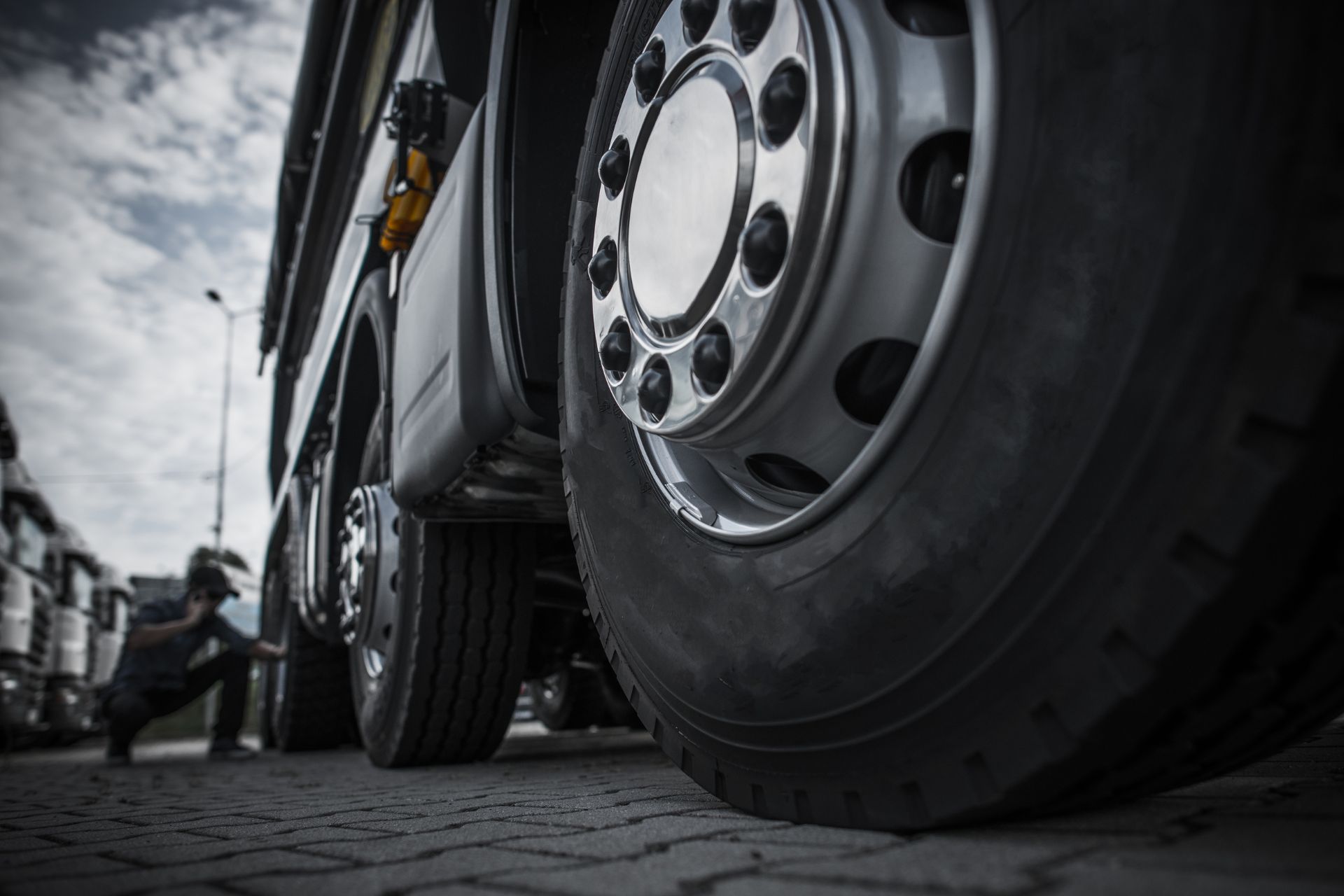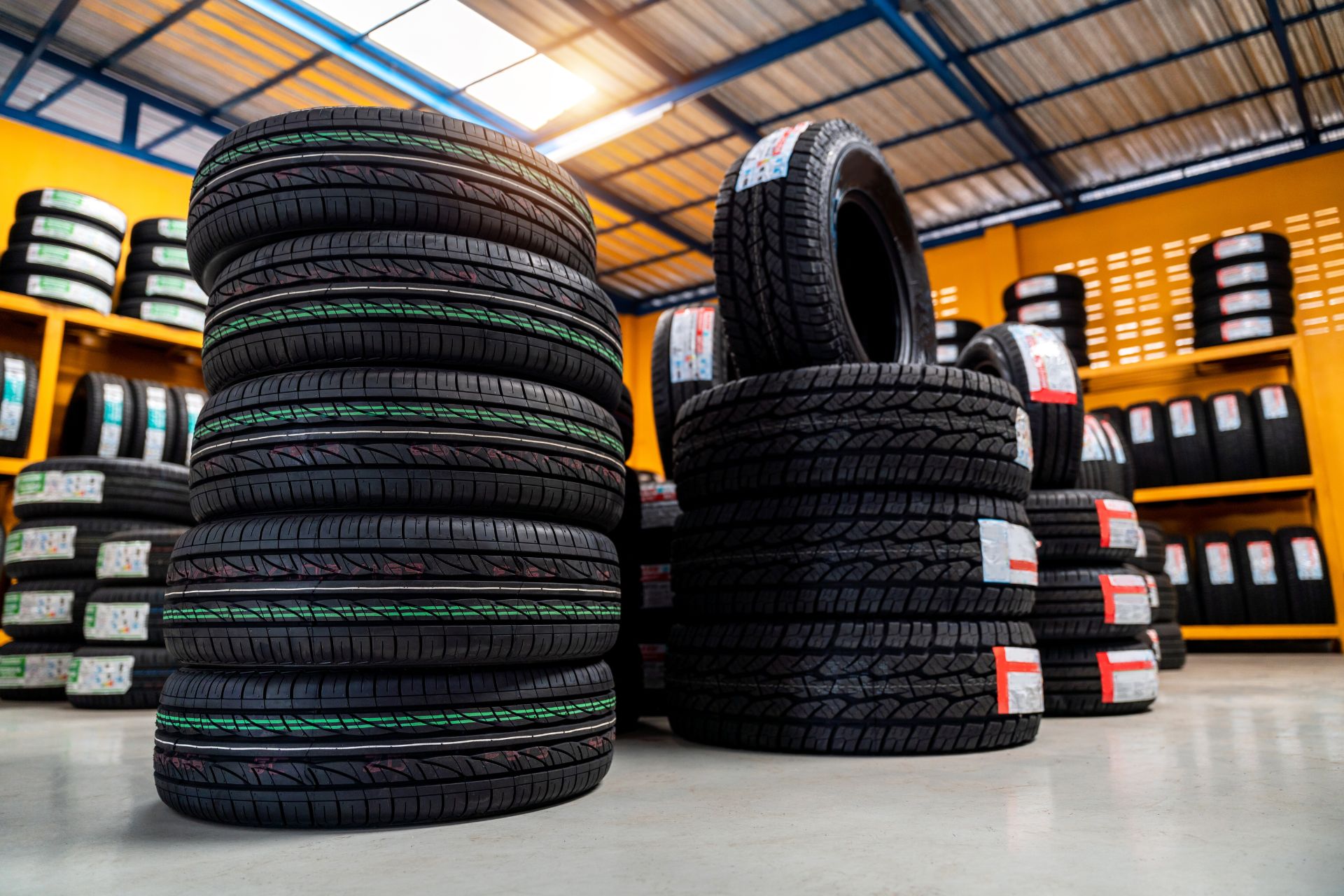Maintaining a car isn’t just about keeping it clean or filling up the gas tank—it’s about ensuring every component works efficiently to avoid costly repairs down the road. One of the most crucial yet often overlooked aspects of car maintenance is regular oil changes. This simple service plays a significant role in preserving your vehicle’s engine health and longevity. In this article, we’ll explore the importance of regular oil changes, discuss the different types of oils available, and explain the potential consequences of neglecting this essential maintenance task.
The Vital Role of Oil in Your Car’s Engine
Motor oil is the lifeblood of your vehicle’s engine. It performs several essential functions that keep the engine running smoothly. First and foremost, oil lubricates the moving parts within the engine, reducing friction and preventing wear and tear. Without adequate lubrication, metal components can grind against each other, leading to excessive heat and damage.
In addition to lubrication, motor oil also helps in cooling the engine. As oil circulates through the engine, it absorbs heat generated by the combustion process, helping to regulate the engine’s temperature. Furthermore, oil cleans the engine by trapping dirt, debris, and other contaminants, which are then captured in the oil filter. This cleaning process prevents harmful particles from circulating through the engine and causing damage.
Lastly, motor oil plays a role in sealing the tiny gaps between engine components, such as the pistons and cylinders. This sealing action helps to maintain proper compression levels, ensuring that the engine runs efficiently.
Understanding the Different Types of Motor Oils
When it comes to choosing motor oil for your vehicle, you have several options, each with its own set of characteristics and benefits. Understanding the differences between these types of oils can help you make an informed decision that best suits your car’s needs.
Conventional Motor Oil
Conventional motor oil is the most basic type of oil, derived directly from crude oil. It’s suitable for a wide range of vehicles, particularly older models or those with simple engine designs. While it offers adequate lubrication and protection, conventional oil typically needs to be changed more frequently than other types due to its lower resistance to heat and breakdown.
Synthetic Motor Oil
Synthetic motor oil is engineered through a complex chemical process, resulting in a more refined and consistent product compared to conventional oil. It offers superior performance in extreme temperatures, better resistance to oxidation, and longer-lasting protection. Synthetic oil is ideal for modern engines, high-performance vehicles, and drivers who operate their cars in harsh conditions, such as extreme cold or heat. Although it’s more expensive than conventional oil, the extended intervals between oil changes can offset the higher cost.
Synthetic Blend Motor Oil
Synthetic blend oil, as the name suggests, is a mix of conventional and synthetic oils. It offers a balance between cost and performance, providing better protection than conventional oil without the full expense of synthetic oil. Synthetic blend oils are a popular choice for drivers who want enhanced engine protection, especially under moderate driving conditions.
High-Mileage Motor Oil
High-mileage motor oil is specially formulated for vehicles with over 75,000 miles on the odometer. It contains additives designed to reduce oil consumption, minimize leaks, and protect aging engine seals. Using high-mileage oil can help extend the life of an older engine and prevent common issues associated with wear and tear.
The Consequences of Neglecting Oil Changes
Failing to change your car’s oil at regular intervals can lead to a host of problems that can severely impact the engine’s performance and longevity. Here’s what can happen if you skip or delay oil changes:
Engine Sludge Buildup
As motor oil ages and breaks down, it can turn into a thick, sludge-like substance. This sludge can clog vital engine components, such as oil passages and the oil filter, reducing the flow of oil throughout the engine. Sludge buildup can lead to poor engine performance, increased fuel consumption, and, in severe cases, complete engine failure.
Increased Engine Wear
Without regular oil changes, the oil in your engine loses its ability to effectively lubricate and protect the moving parts. This can result in increased friction, leading to accelerated wear and tear on engine components. Over time, this wear can cause parts to degrade and fail, leading to expensive repairs or even the need for a complete engine replacement.
Overheating
Motor oil plays a critical role in regulating engine temperature by absorbing and dissipating heat. Old, degraded oil loses its ability to cool the engine effectively, increasing the risk of overheating. An overheated engine can suffer from warped components, blown head gaskets, and other serious issues that may require extensive repairs.
Reduced Fuel Efficiency
When your engine isn’t properly lubricated, it has to work harder to perform its functions. This increased effort translates into higher fuel consumption, reducing your car’s overall fuel efficiency. Regular oil changes ensure that your engine operates smoothly and efficiently, helping you get the most out of every gallon of gas.
Engine Seizure
In the most extreme cases, neglecting oil changes can lead to an engine seizure. This occurs when the engine’s moving parts generate so much friction and heat that they lock up and stop functioning altogether. An engine seizure is often catastrophic and may necessitate replacing the entire engine, which can be a significant financial burden.
How Often Should You Change Your Oil?
The frequency of oil changes depends on several factors, including the type of oil used, your driving habits, and the make and model of your vehicle. Generally, it’s recommended to change conventional motor oil every 3,000 to 5,000 miles, while synthetic oils can last between 7,500 and 10,000 miles. However, it’s always best to consult your vehicle’s owner’s manual or speak with a trusted mechanic to determine the optimal oil change interval for your car.
Final Words
Regular oil changes are a simple yet essential part of car maintenance that can significantly impact your vehicle’s performance, fuel efficiency, and longevity. By understanding the different types of motor oils available and the importance of timely oil changes, you can make informed decisions that will help protect your engine and keep your car running smoothly for years to come.
Don’t neglect your vehicle’s needs—schedule your next oil change with TrilliTires in Richmond Hill. Our expert technicians will ensure your car gets the care it deserves, keeping you safe and your engine healthy.
